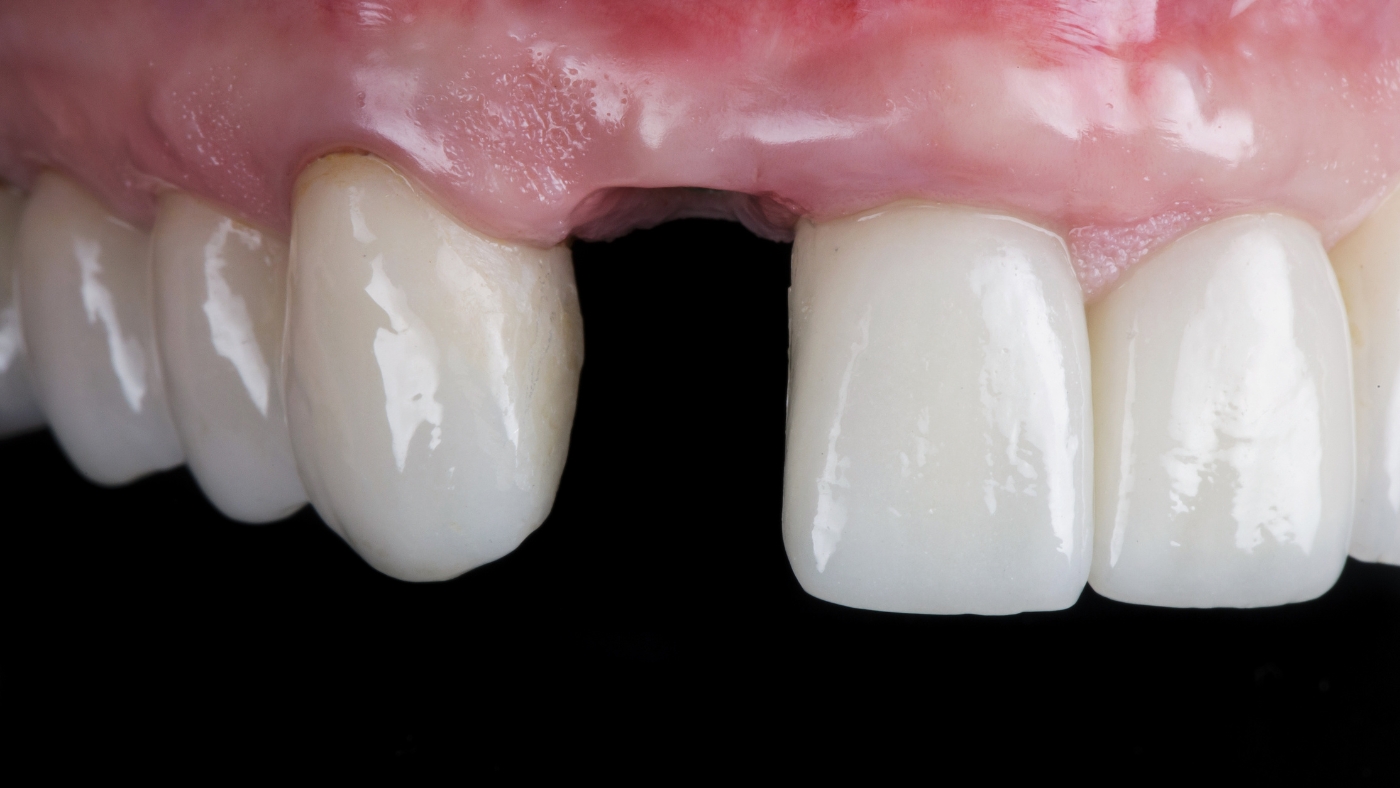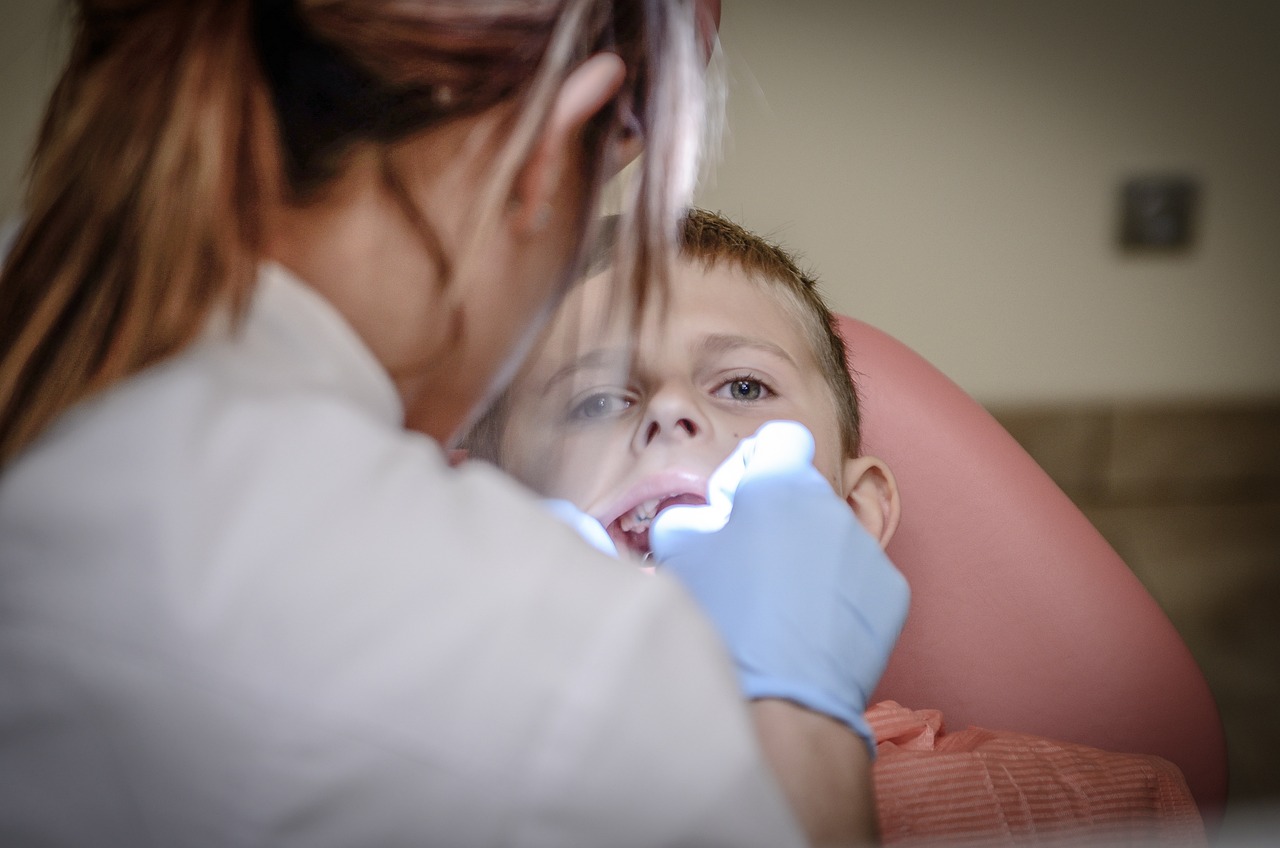Anodontia (Edentia): Diagnostics, Causes and Treatments

Anodontia, within the realm of dentistry, is a condition marked by the complete or partial absence of teeth. Beyond being merely an aesthetic concern that triggers psychological unease, it represents a dental disorder capable of considerably impacting an individual's health and overall well-being.
This pathology is prevalent in the field of dentistry and manifests as the varying degrees of tooth absence. It can manifest in both pediatric and adult populations, categorized by its origin as either primary (congenital) or secondary (acquired). Additionally, anodontia is further classified into complete and partial forms based on the extent of tooth loss.
Beyond its impact on aesthetics, this issue disrupts the functional state of the dental system, adversely influencing the mechanical processing of food. These detrimental alterations inevitably compromise the performance of the gastrointestinal tract, given the intake of inadequately processed food. In cases of complete or partial edentia, there is a decline in diction and articulation, leading to changes in social behavior and the development of psychological maladjustment.

Edentia Diagnostics
Partial or complete absence of teeth leads to jaw deformation. This pathology is also characterized by crowded teeth and gum disease. In addition, this pathology can manifest itself with the following anodontia symptoms:
- speech disorder;
- pathological bite;
- the angle of the jaw takes on a more smoothed, blunt shape;
- formation of periodontal pockets;
- the remaining teeth are quickly worn away due to the load.
In addition to dental problems, a person with anodontia teeth often experiences gastrointestinal pathologies due to poor chewing of food. Often such patients suffer from a depressed psychological state. In children, congenital anodontia is also accompanied by pale and dry skin, bone growths on the jaw, and impaired sound pronunciation.
Already during an external examination, the doctor can make a preliminary diagnosis. Symptoms and treatment of pathology are interrelated, so it is important to conduct a preliminary hardware study. The main method of edentia diagnostics is radiography of the upper and lower jaw. This is especially important when determining congenital edentia, since only in the picture can one see the presence or absence of tooth germs. In this case, panoramic radiography is recommended for children. This type of diagnosis allows you to see a complete picture of the development and structural features of the maxillofacial joint.
It is also necessary to identify possible contraindications to the prescribed treatment. This is the presence of inflammatory processes or formations in the oral cavity, the presence of roots from decayed teeth and the detection of gum disease.

Causes of Anodontia
The primary and sole factor leading to edentia is the absence or demise of tooth buds. Heredity or exposure to detrimental factors during the development of the fetal dental plate can be causal factors for this primary pathology. Complete congenital edentulism, a highly uncommon occurrence, is typically associated with ectodermal dysplasia. Alongside tooth absence, individuals with this condition may also exhibit underdeveloped hair, skin, and nails, as well as suppressed activity in sebaceous and sweat glands, eye lenses, and nerves.
Other common causes of pathology include the following:
- disturbance of mineral metabolism during intrauterine development;
- illnesses in early childhood;
- heredity;
- disruption of the endocrine system;
- disruptions in the development of ectoderm – the outer germ layer of the embryo;
- treatment of various concomitant diseases;
- chemotherapy, treatment with ionizing radiation;
- osteomyelitis and other purulent inflammations of the jaws.
The causes of secondary tooth loss in the process of life can be untreated caries, pulpitis, periodontitis, dental trauma, phlegmosis, abscesses, illiterate provision of dental or orthopedic care, as well as other pathologies of the teeth and gums.
Treatment Methods for Anodontia
After the examination, the patient is offered an individual type of anodontia treatment. It depends on the number of teeth lost and the condition of the jaw.
Basic methods:
- Implantation.
- Prosthetics.
Doctors also use removable or non-removable orthopedic structures. The best option is selected together with the doctor, taking into account the results of the x-ray examination. To completely restore the dentition, it is necessary to carry out a complete sanitation of the healthy remaining teeth. Sometimes surgical removal of teeth is required to install an implant.
The most optimal and comfortable option for partial edentia is implantation followed by the installation of crowns. If, for health reasons, the installation of implants is contraindicated, then removable prosthetics are used. Dentures are made to order according to individual shape and size. Removable structures can be full or partial. The selection of a prosthesis depends on the clinical situation, the patient’s wishes, and financial capabilities.
Edentia treatment in children should be carried out only by an experienced and competent doctor since the child’s jaw is still developing. Treatment should be aimed at stimulating the eruption of natural teeth (if tooth germs are present), as well as preventing deformation of the jaw bone tissue. An important condition for the treatment of childhood edentia is constant observation and control by the attending physician. This will allow timely detection of disorders in the development of the jaw and timely correction of treatment.

